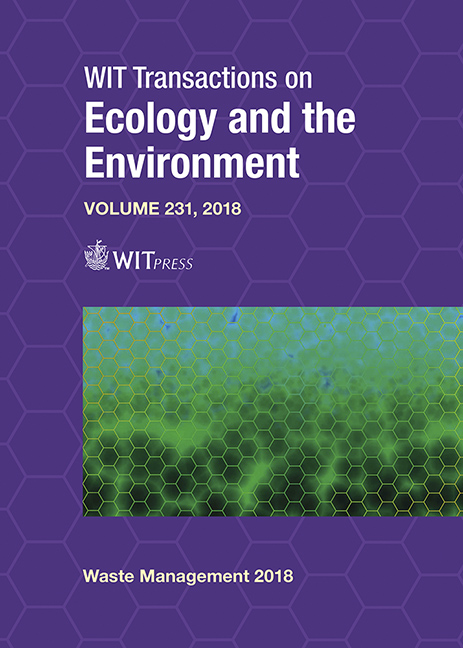DEEP DISPOSAL OF SPENT NUCLEAR FUEL
Price
Free (open access)
Transaction
Volume
231
Pages
16
Page Range
399 - 414
Published
2019
Paper DOI
10.2495/WM180371
Copyright
WIT Press
Author(s)
ROLAND PUSCH, JÖRN KASBOHM, THAO HOANG-MINH, LAN NGUYEN-THANH, LAURENCE WARR
Abstract
An alternative but still untested approach is to dispose of highly radioactive waste in very deep boreholes, a concept being considered in the UK and the US. One version of this concept known as Very-Deep-Hole (VDH) storage proposes drilling of up to 4 km deep holes and placing in a series of stacked super-containers sealed by a combination of dense clay and concrete. In this case the risk of losing clay material by dispersion and erosion where the holes intersect fracture zones would be eliminated by casting concrete of a new type. VDH containment relies on the use of copper or Navy Bronze tubes filled with dense clay in the upper parts of the holes and with clay-embedded canisters with waste in the lower parts. The maturation and isolating function of the clay seals in the holes and their chemical interaction with concrete and waste canisters are considered and assessed. The work has focused on the mechanical testing and microscope investigations of the clay/concrete. Hydrothermally treated clay and concrete, exposed to 20–150°C, which represents the conditions over the entire length of a real VDH, have been tested. The recorded impact of strong heating showed stiffening and some reduction in hydraulic conductivity of the clay and concrete.
Keywords
nuclear fuel, deep boreholes, clay, concrete, waste disposal, waste isolation, engineered barriers, longevity





